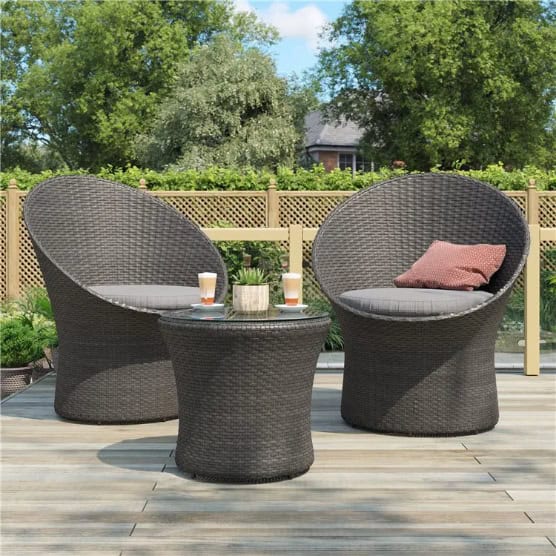Jump to:
With summer approaching, gardeners are busy sowing, potting, and getting plants ready for the warmer season. Have you completed all your May gardening tasks yet?
If not, we’ve highlighted some of the most important jobs to help you prepare and enjoy the rewards all summer! You can finish these tasks and make the most of your outdoor space, including any garden room you own, during picnic season.
1. Prepare your potting shed for the season
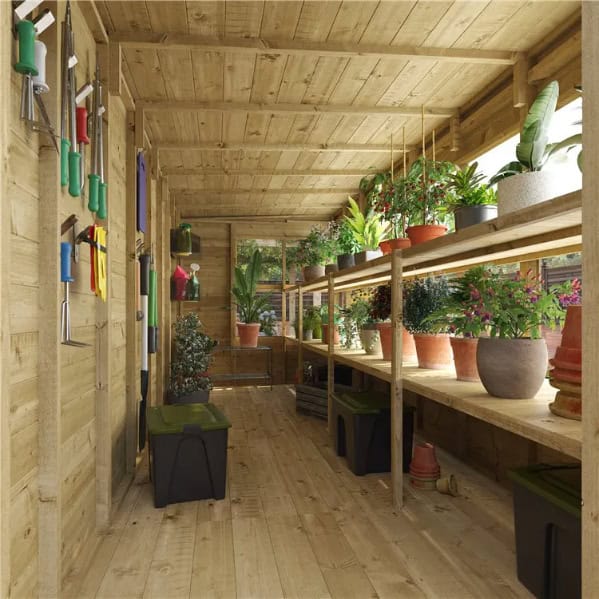
This is a good time to get your potting shed in order, especially if you’ve been busy planting seedlings and repotting during spring. The garden shed could be cluttered with leftover soil, used pots, or tools you thought were lost but were just lying around somewhere inside. Clean it out to have an organised space for your summer gardening — and it’ll be easier to find what you need, including your flexible hose pipe, which may have ended up buried among soil bags and various tools.
2. Water your plants
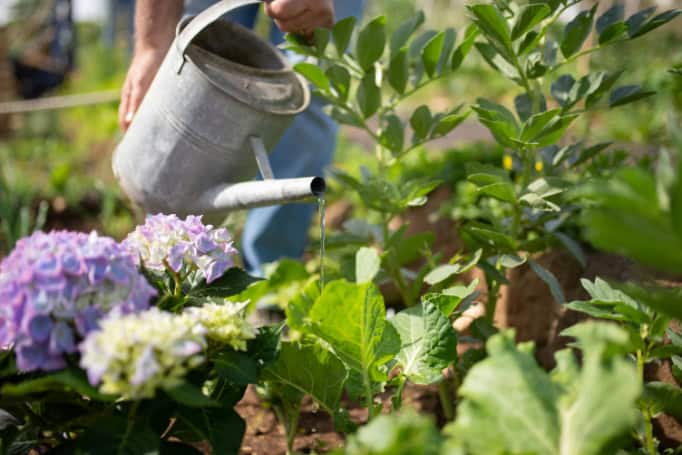
Warmer weather means plants can get hydrated easily, so make sure to water them regularly (but don’t overdo it!). Thirsty crops like tomatoes, cucumbers, and courgettes need regular watering during this period — keep this in mind if you have them planted in the spring.
A great practice is to water the plant’s base, not the leaves or stems. Do this early in the morning or late in the afternoon, as this timeframe usually helps reduce water evaporation and allows the plant to absorb the moisture. Applying mulch is also a great way to retain soil moisture as the heat picks up.
3. Tackle the weeds
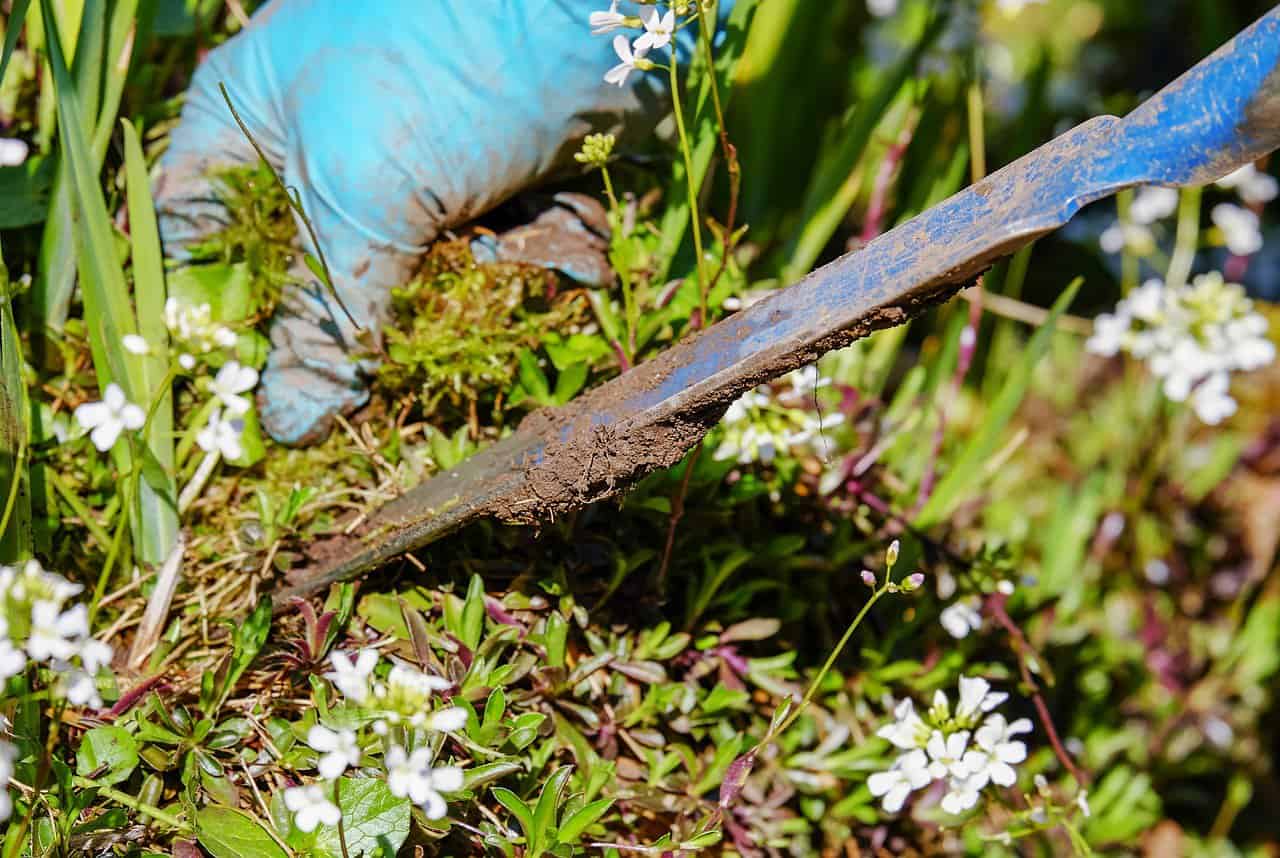
Spring is a prime time for weeds to establish themselves, so it’s a great practice to weed regularly to manage and reduce work in summer. If you’ve been busy during this season, you can still tackle this task now.
Choose a dry day with light winds to run a hoe over your plant beds or between rows to remove weed seedlings. This technique will dry them out on the surface rather than letting them re-root into moist soil or get blown away.
For lighter soils, hand weeding is the easiest approach and should be done only in areas where the roots of garden plants won’t be disturbed. You can also use deep organic mulches, like bark or wood chips, around your plants to prevent the growth of annual weeds.
4. Prep your lawn
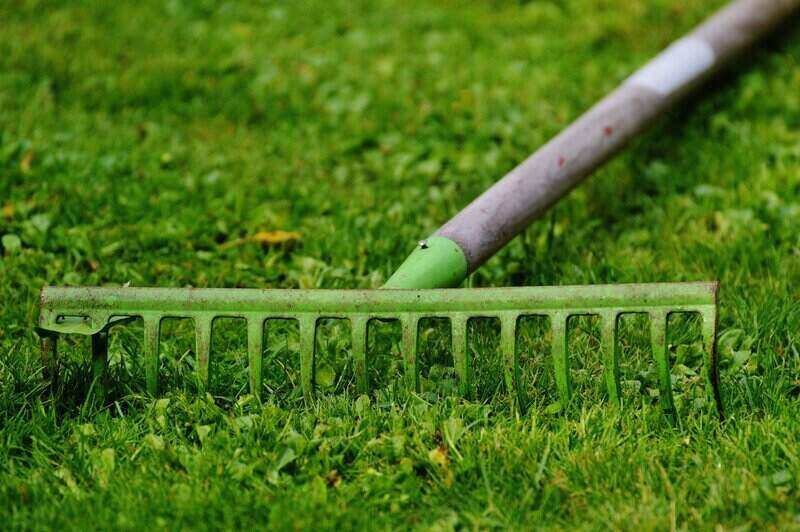
Lawn care is a good follow-up after you get rid of the weeds. Use your trusty rake to sweep up leaves, dead grass, and any other debris that may have accumulated. If you spot bare patches, overseed to encourage a thick, healthy turf. You may top that off with balanced fertiliser to support strong grass growth. Don’t forget to water your lawn to help seeds and roots grow.
Tip: During the height of summer, mow your lawn once or twice a week to keep the grass about an inch high.
5. Get rid of pests
Pests are especially common in the summer, and your garden could be their next target if overlooked. These pesky creatures love to hide on the underside of leaves, particularly aphids, mealybugs, red spider mites, and thrips. Some can also harbour on dead or diseased plants, so keep an eye on those!
Take this opportunity to welcome beneficial insects like ladybugs and lacewings for natural pest control. Insecticidal soap and neem oil are effective treatments that won’t harm your plants.
6. Prepare your pots
Summer is a great time to grow plants outdoors, so begin sowing them in pots and hanging baskets to get a head start. Place the pots in a hobby greenhouse or on a sheltered porch of your summer house for a few weeks to help them get settled before moving them outside for summer.
7. Grow some veggies
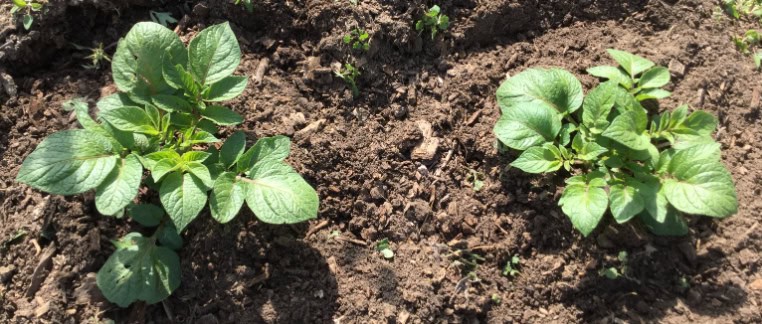
(Image Credit: Wikimedia Commons)
Bean crops and potatoes are excellent choices as they thrive well in the summer heat. Beans are easy to grow, produce a lot, and, even better, return nitrogen to the soil. You can plant them in pots filled with a good amount of compost to boost their growth.
In contrast, potatoes thrive in warmer soil temperatures of about 7°C and adapt well to different soil types, making them perfect for beginners. They also favour crumbly soil, which you can prepare by the end of May.
You can’t go wrong with these two veggies when starting your vegetable garden this season.
8. Take out your garden furniture
You’ve done a great job preparing your garden for the summer, and now it’s time to relax after all your hard work! Set up your garden furniture, whether a rattan bistro set or a wooden Jack and Jill garden seat, so you can unwind, soak up the sun, and enjoy the fruits of your labour.
Check out these deck furniture ideas for inspiration on seating arrangements.
Make the most of your time at home by tackling these May gardening tasks to help your garden thrive as the season progresses! Up next on your reading list: ‘Greenhouse Gardening Beginner Tips’
